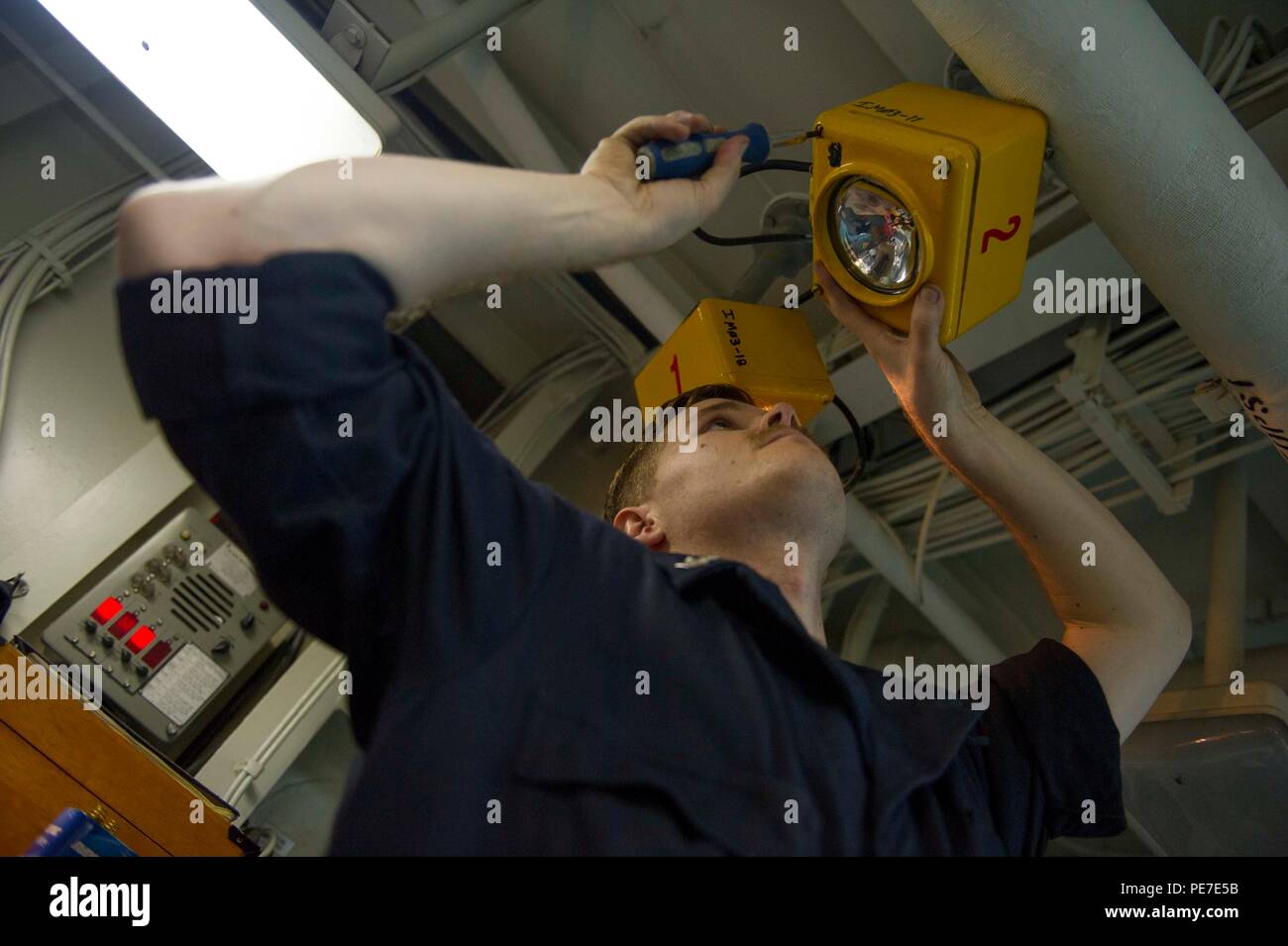


The fleet was also used as an instrument of national policy and aggressively pushed with particular consequences for all countries around the Pacific Rim. The consequent acquisition of a huge and modern domestic fishing fleet delivered parallel opportunities for intelligence gathering and crew familiarisation of foreign waters. It was noted that in the pre-Second World War days the Japanese fishing fleet was the world's largest (400,000 vessels) with an estimated output in 1936 in excess of 4million tonnes more than the combined production of the United States, Britain and Norway. Driven by a need to support a population where fish alongside rice is a basic staple, modernisation to achieve self-sufficiency followed. The inter-war years saw Japanese expansion in all sectors of ship construction, with particular emphasis on merchant ship types. Krait’s background begins with the story of Japanese fishing industry after World War I. The 21.33 metre long vessel is carvel planked in teak with holds forward of the engine room, and wheelhouse on deck. It was originally called the KOFUKU MARU and had been a fishing vessel built in Japan around 1934 for a Japanese firm in Singapore. Description KRAIT, the name for a venomous snake in South East Asia, was pronounced "Krate' by the crew but is a properly pronounced 'Krite'.


 0 kommentar(er)
0 kommentar(er)
